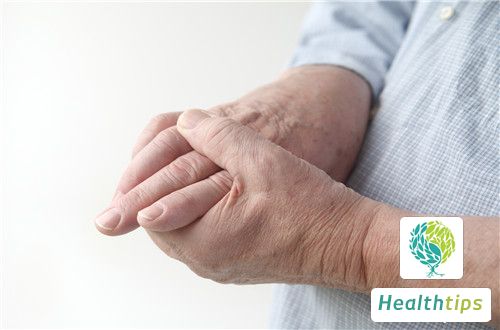What are the benefits, effects, and side effects of Chinese medicine using centipedes?
The centipede, used as a traditional Chinese medicine, possesses the effects of calming wind and stopping spasms, promoting blood circulation to alleviate pain, and resolving toxins and消散 nodules. It can be utilized in the treatment of conditions such as internal liver wind, persistent rheumatic arthritis, and sores. However, the centipede contains a certain level of toxicity. Improper use may lead to side effects such as myocardial paralysis and confusion.

In traditional Chinese medicine, the centipede refers to the dried body of Scolopendra subspinipes mutilans, belonging to the Scolopendridae family. It has a pungent taste and warm nature, associated with the liver meridian. It is effective in calming wind and stopping spasms, promoting blood circulation to alleviate pain, and resolving toxins and nodules. It is suitable for treating conditions like internal liver wind, spasms and convulsions, infantile convulsions, stroke symptoms, persistent rheumatic arthritis, intractable migraines, sores, scrofula, snake and insect bites, and more.
For the treatment of spasms and convulsions, it can be combined with other Chinese medicinal materials such as whole scorpion, Uncaria hook, and Bombyx batryticatus. For intractable migraines that do not respond to long-term treatment, it can be paired with Gastrodia elata, Chuanxiong, and Bombyx batryticatus. For the treatment of malignant sores and swellings, it can be mixed with realgar and pig bile to create a paste for external application. Additionally, due to its toxicity, the centipede can be used to treat snake and insect bites with the principle of "fighting poison with poison".
Precisely because of its toxicity, improper use may result in severe toxic reactions, including myocardial paralysis, confusion, and uncontrollable diarrhea. Some patients may also experience symptoms such as skin rashes, itching, and redness and swelling after external application. It is contraindicated for pregnant women. Therefore, patients requiring medication should use it under the guidance of professional physicians based on syndrome differentiation to avoid serious adverse consequences.



















